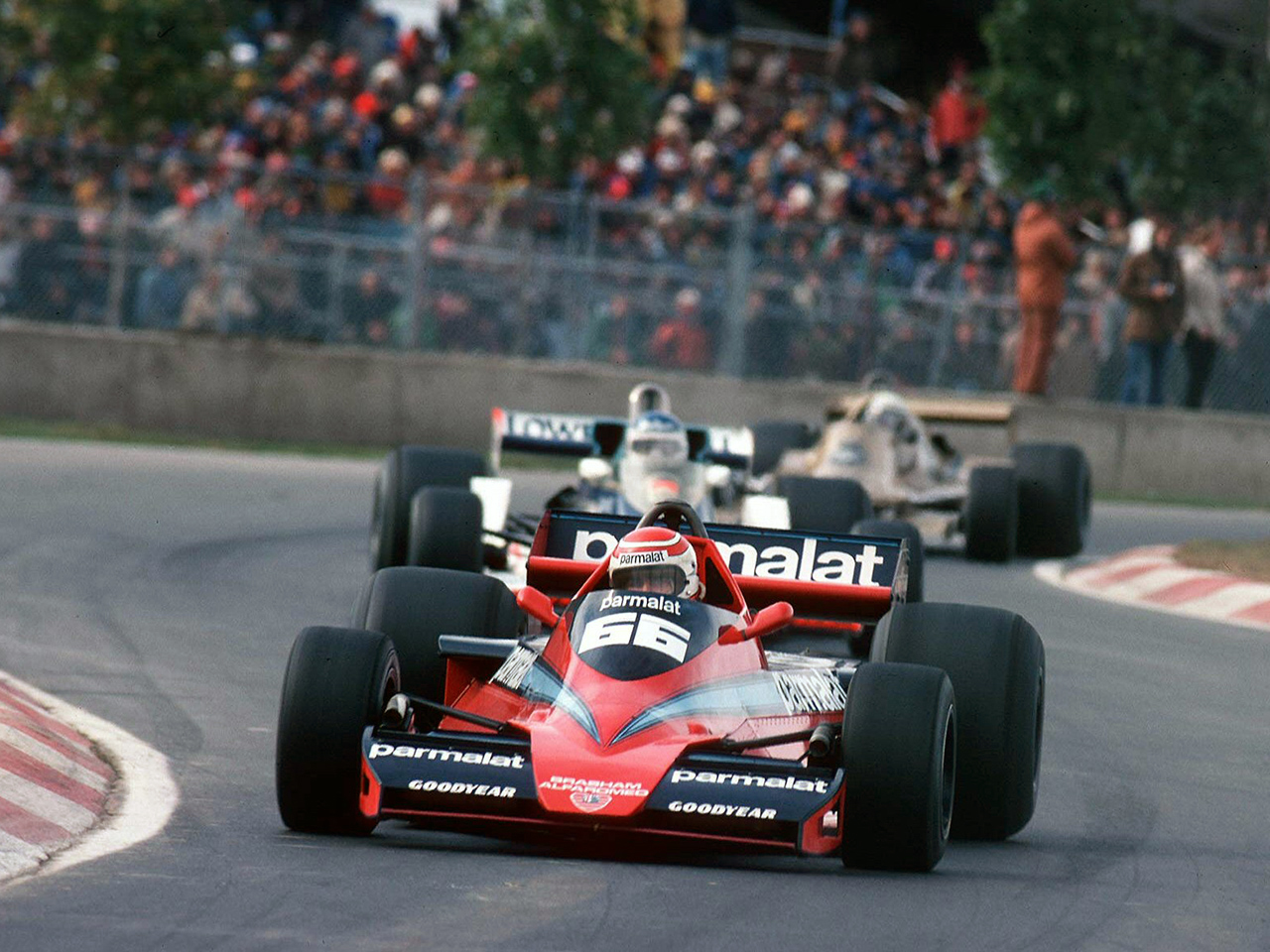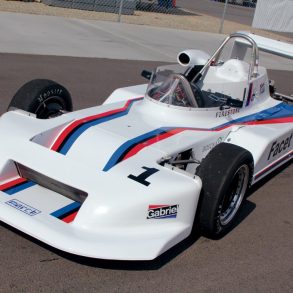Brabham-Alfa BT46
Car: Brabham-Alfa BT46 / Engine: Flat-12 Alfa Romeo / Maker: Brabham / Bore X Stroke: 77 x 53.9 mm / Year: 1978 / Capacity: 2,995 cc (182.8 cu in) / Class: Formula 1 / Power: 500 bhp / 373 KW @ 11,500 rpm / Wheelbase: 2,590 mm (102 in) / Track: 1,549 mm (61.0 in) / 1,626 mm (64.0 in) / Weight: 585 kilo / 1,290 lbs
The Brabham BT46 was designed for the 1978 Formula One season by Gordon Murray. Born to Scottish immigrant parents, Murray was born and grew up in Durban, South Africa. Murray studied mechanical engineering at Natal Technical College. Murray moved to England in 1969, hoping to find a job at Lotus but a meeting with then Brabham designer Ron Tauranac saw him join the Australian firm. When Bernie Ecclestone took over the Brabham team, he appointed Murray Chief Designer.
It was powered by Alfa-Romeo’s sportscar-derived flat-12 engine had a capacity of 2995 cc and employed fuel injection and electronic ignition. The engine featured a cast magnesium alloy engine block with aluminum alloy crankcase and magnesium cylinder heads. There were four gear driven valves per cylinder. Initially it delivered about 520 bhp at 11,500 rpm, about 50 bhp more than the Cosworth DFV engines used by most teams, however the power came at the expense increased fuel and oil consumption and about 40 kg more weight. Brabham designed the gearbox casing, which was cast by Alfa Romeo and used Hewland gears.
The BT46 was an aluminum alloy monocoque featuring the trapezoidal cross section. The most radical feature of the car was its use of flat plate heat exchangers mounted flush to the surface of the bodywork in place of conventional water radiators.
The absence of standard radiators allowed Murray to compensate somewhat for the large engine and fuel tanks. Unfortunately the heat exchangers did not provide enough cooling capacity, and had to be replaced with standard radiators in the nose of the car compromising its aerodynamic efficiency. The car also employed a very early version of the carbon brakes that would become universal in the next decade.
The BT46 debuted at the third race of the 1978 season, the South African Grand Prix on 4 March 1978, with the revised nose mounted radiators. The cars, driven by Niki Lauda and John Watson were immediately competitive, although reliability was suspect. Defending World Champion, Lauda took his first pole for Brabham but was out before midway with an engine failure. Watson was able to secure third place on the cars debut. At the Swedish Grand Prix the team the famous “fan car”, the BT46B.
Having seen the Chaparral 2J “sucker car”, Murray designed a version driven by a complex series of clutches running from the engine to a large single fan at the back of the car. This resulted in the faster the engine ran, the stronger the suction effect. Much to the indignation of the other teams, Niki Lauda won the first and last race for the radical car. Brabham’s lead driver, Niki Lauda, realized he had to alter his driving style primarily while cornering. He found that if he accelerated around corners, the car would “stick” to the road as if it were on rails.

















